Introduction
For good reason, patterns have been utilized in design for millennia. They can give depth, intrigue, and texture to a design while also assisting in the creation of a cohesive and unified style.

Patterns can be found in many different design aspects, such as textiles, wallpaper, flooring, and even branding and graphic design. In the first installment of our blog post series, we’ll look at the significance of patterns in design and why they’re so important in generating visually appealing and compelling designs.
Visual interest is created by patterns.
Patterns are significant in design for several reasons, one of which is that they bring visual appeal to a space or design. A well-designed pattern can transform a simple, plain surface into something considerably more visually appealing. A pattern can also be used to break up a huge, monotonous space, adding depth and dimension. This is especially true in interior design, where patterns can help a space feel more comfortable and inviting.
Patterns Can elicit Emotion
Patterns are also essential in design since they can evoke emotions and moods. A gentle, floral pattern, for example, can evoke feelings of serenity and relaxation, whilst a bold geometric pattern can evoke feelings of energy and enthusiasm. Patterns can also be utilized to generate a sense of nostalgia or a specific era or style.
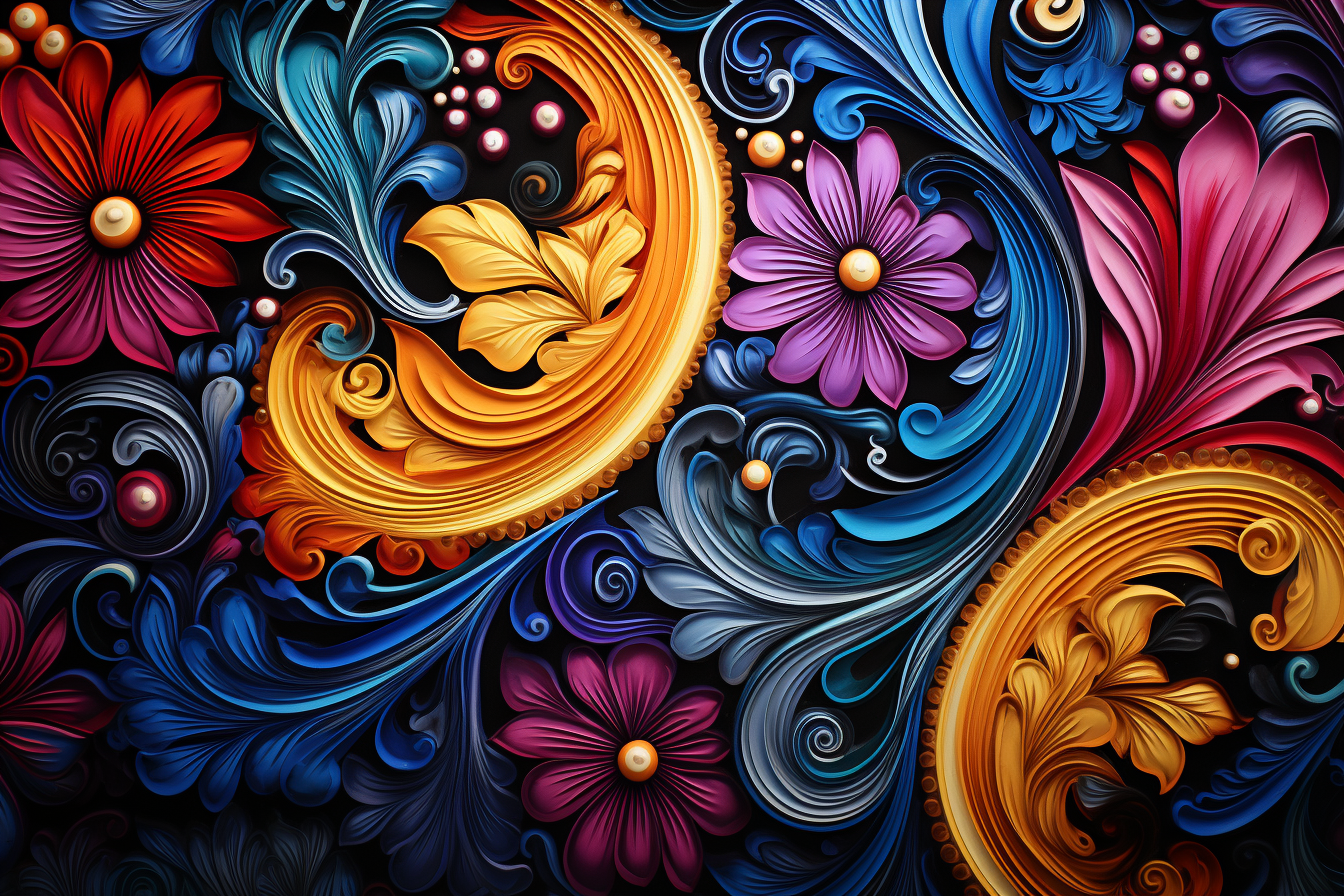
Patterns Can Assist in Branding
Patterns can also be useful in branding and graphic design. A well-designed pattern can help a business develop a unified and identifiable look, allowing it to stand out in a crowded market. Patterns can also be utilized to express a sense of brand personality by using color, form, and texture to convey the company’s values and style.
Patterns Have the Potential to Improve Functionality
Finally, patterns can improve a design’s functionality. A non-slip pattern, for example, can be put on flooring in high-traffic areas to assist avoid slips and falls. Patterns can also be used on fabrics to hide stains or wear and tear. They pique people’s curiosity, elicit emotions, define brands, and improve functionality. We’ll look at the relevance of textures in design and how they can be used to create a more tactile and sensory experience in the next installment of our blog post series.
Textures’ Importance In Design
Texture is a material’s surface quality, and it can be rough, smooth, bright, or dull. Textures, like patterns, are an important part of design. They provide a design depth, interest, and tactile sensations. We’ll look at the relevance of textures in design and how they can be used to create a more tactile and sensory experience in the second half of our blog post series.

Textures add depth and dimension to an image
One of the main reasons textures are significant in design is that they may add depth and dimension. A sterile, flat surface can feel uninviting, but adding texture can help bring the area to life. A rough stone wall, for example, can provide depth and texture to a room, making it feel more warm and inviting.
Textures Develop a Tactile Experience
Textures can also provide the user with a tactile sense. We get a different sensation when we touch a rough surface than when we contact a smooth surface. This tactile sensation has the potential to make a design more immersive and engaging. The texture of cloth, for example, can provide a sense of coziness and comfort in a location, making it more enticing to consumers.
Textures Have the Ability to Create Contrast
Textures can be used to add contrast to a design. A smooth, shining surface, for example, might be coupled with a rough, matte surface to provide aesthetic intrigue and contrast. This contrast can aid in the creation of a more dynamic and engaging design.
Textures Have the Power to Elicit Emotion
Textures, like patterns, can elicit feelings and moods. A rough, aged surface, for example, might evoke nostalgia or history, whereas a shining, metallic surface can evoke modernism and sophistication; the texture of a material can also be utilized to evoke luxury or elegance, contributing to the overall feel and atmosphere of a design.

Textures Have the Potential to Improve Functionality
Finally, texturing can improve a design’s functionality. A non-slip texture, for example, can be put on flooring in high-traffic areas to assist avoid slips and falls. Textures can also be utilized to improve the durability and lifetime of materials such as textiles. Textures are an important part of design. They add depth and perspective, a tactile experience, contrast, elicit emotions, and improve functionality. Textures, when applied correctly, can contribute to a more engaging and immersive design that appeals to people on a sensory level.
Designing using Patterns and Textures
Now that we’ve discussed the significance of patterns and textures in design, it’s time to look at how they may be utilized in tandem to produce even more striking and successful designs. Combining patterns and textures can assist create a more dynamic and aesthetically intriguing design while also providing consumers with a tactile experience. In this third installment of our blog post series, we’ll look at how patterns and textures can be combined in design.
Patterns and textures that complement one other
When combining patterns and textures, it is critical to select ones that complement one another. This can be accomplished by combining patterns and textures with similar colors, shapes, or styles. A rough, textured rug, for example, can be combined with a patterned throw pillow in matching colors or shapes. This will help to create a uniform and coherent look while also adding visual interest and texture to the design.
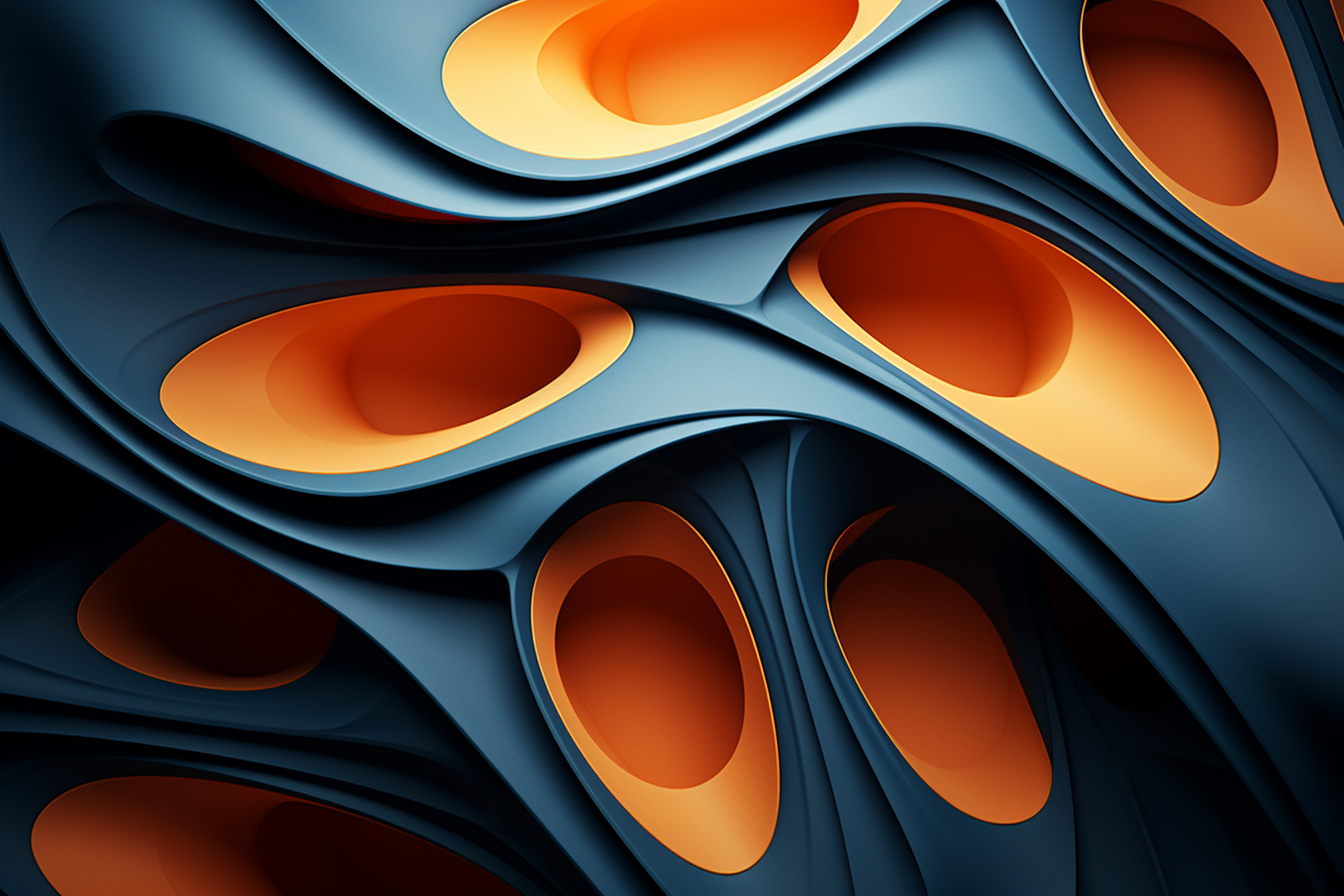
Patterns and textures that contrast
Using contrasting patterns and textures can also help to create a visually appealing design. This can be accomplished by combining patterns and textures that are diametrically opposed in nature. A smooth, shining surface, for example, might be coupled with a rough, matte surface to generate visual contrast. A powerful, geometric pattern can be used with a delicate, flowery pattern to create tension and visual intrigue.
Texture and Pattern Layering
Another excellent technique to create a visually intriguing and dynamic design is to layer patterns and textures. This can be accomplished by stacking various textures and patterns on top of one another to create a sense of depth and dimension. A patterned wallpaper, for example, can be used with a textured rug and velvet throw pillow to create a visually rich and appealing atmosphere.
Developing Focal Points
Patterns and textures can also be utilized to highlight key elements in a design. You can create a focal point that draws the attention and adds visual interest by selecting a pattern or texture that sticks out from the rest of the design. A strong, graphic patterned accent wall, for example, can be utilized to create a focal point in a space, or a textural statement piece, such as a velvet sofa, can provide interest and depth.

Patterns and Textures in Balance
It is critical to strike a balance between patterns and textures when combining them. A design with too many patterns and textures can become cluttered and overwhelming, while a design with too few might become flat and uninspired. It is critical to strike a balance between the two in order to produce visual interest without overpowering the senses.
Integrating patterns and textures in design can result in a more dynamic and visually appealing design. Patterns and textures can add visual interest, create a tactile experience, and enhance the utility of a design by using complimentary or contrasting patterns and textures, layering them for depth and dimension, or creating focal points. Patterns and textures, when employed correctly, can help create a place that is both visually appealing and useful.
Patterns and Textures in Design: Hints and Techniques
Let’s look at some tips and methods for incorporating patterns and textures into your own design projects now that we’ve discussed the importance of patterns and textures in design and how they can be combined to produce compelling and successful designs.
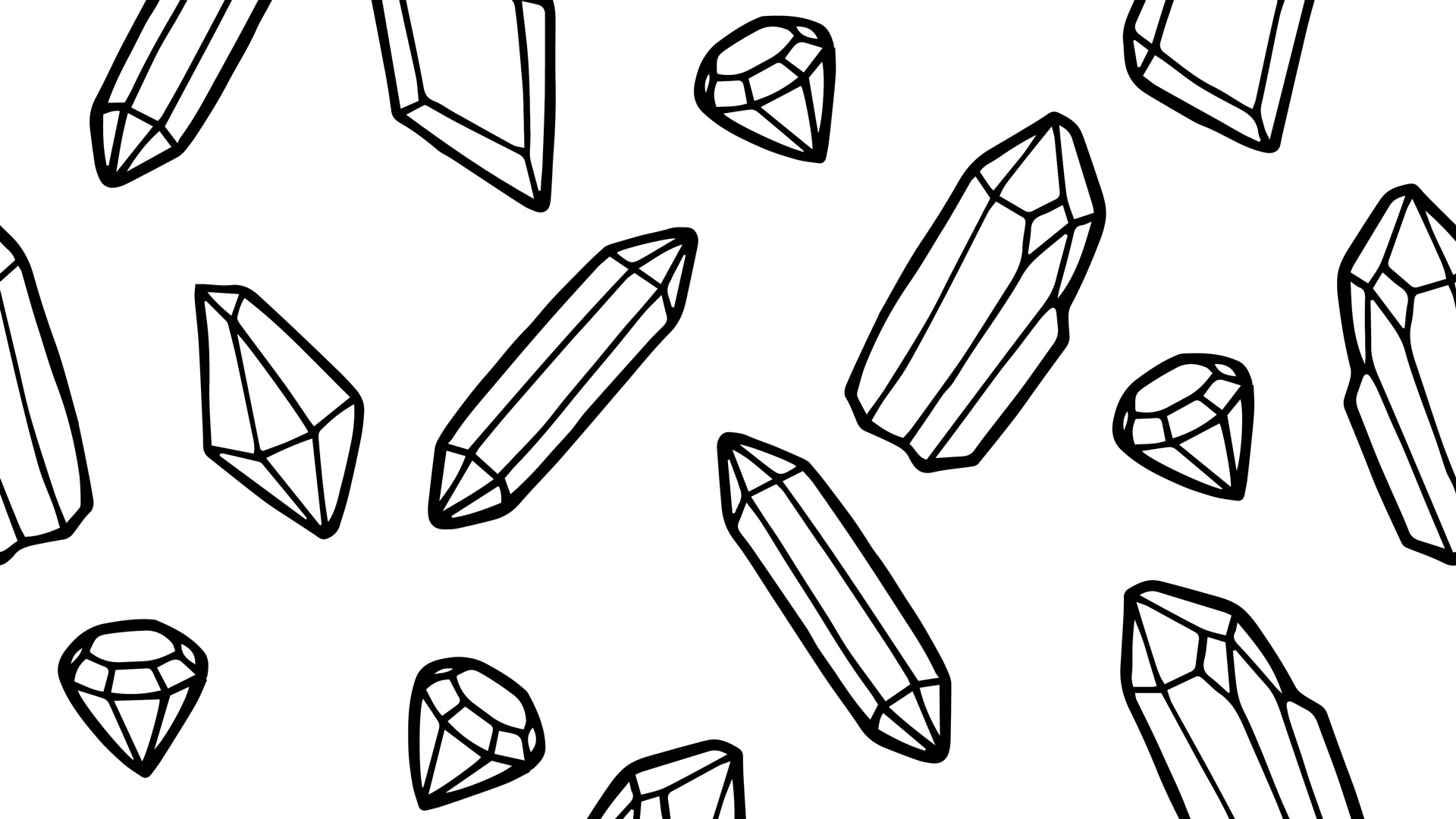
Begin Small
If you’re new to incorporating patterns and textures in your design, it’s a good idea to start simple. Begin by including one or two textured or patterned elements into your design, and then build up from there. This will allow you to explore and find the ideal balance of patterns and textures for your project while avoiding overpowering the design.
Combine and Contrast
In your design, don’t be scared to mix and match different patterns and textures. You can create a visually engaging and dynamic design by using complementing or contrasting patterns and textures. Remember to balance the various features and use them to improve the space’s functioning.
Consider the Scale
Scale should be considered while using patterns and textures. Using varied scales of patterns and textures can help create a sense of depth and dimension in your design. Combining a large-scale pattern with a smaller-scale texture, for example, can assist generate a sense of balance and visual appeal.
Maintain your neutrality.
Using neutral hues will help you add patterns and textures into your design without overpowering the room. Neutral hues like beige, gray, and white can help create a relaxing and inviting environment while yet providing visual interest with patterns and textures.
 Include Layers
Include Layers
Layering patterns and textures can help you create a visually appealing and dynamic design. You may add depth and complexity by stacking different textures and patterns on top of each other. Layering a patterned rug on top of a textured carpet, for example, can help create a visually rich and attractive space.
Textures should be mixed
Combining textures is an excellent method to create a tactile experience in your design. You can create an environment that is both visually fascinating and inviting to the touch by combining rough and smooth textures, for example. Similarly, contrasting natural materials such as wood or stone with softer, more tactile materials like as velvet or fur can help to create a sense of balance and contrast in your design.
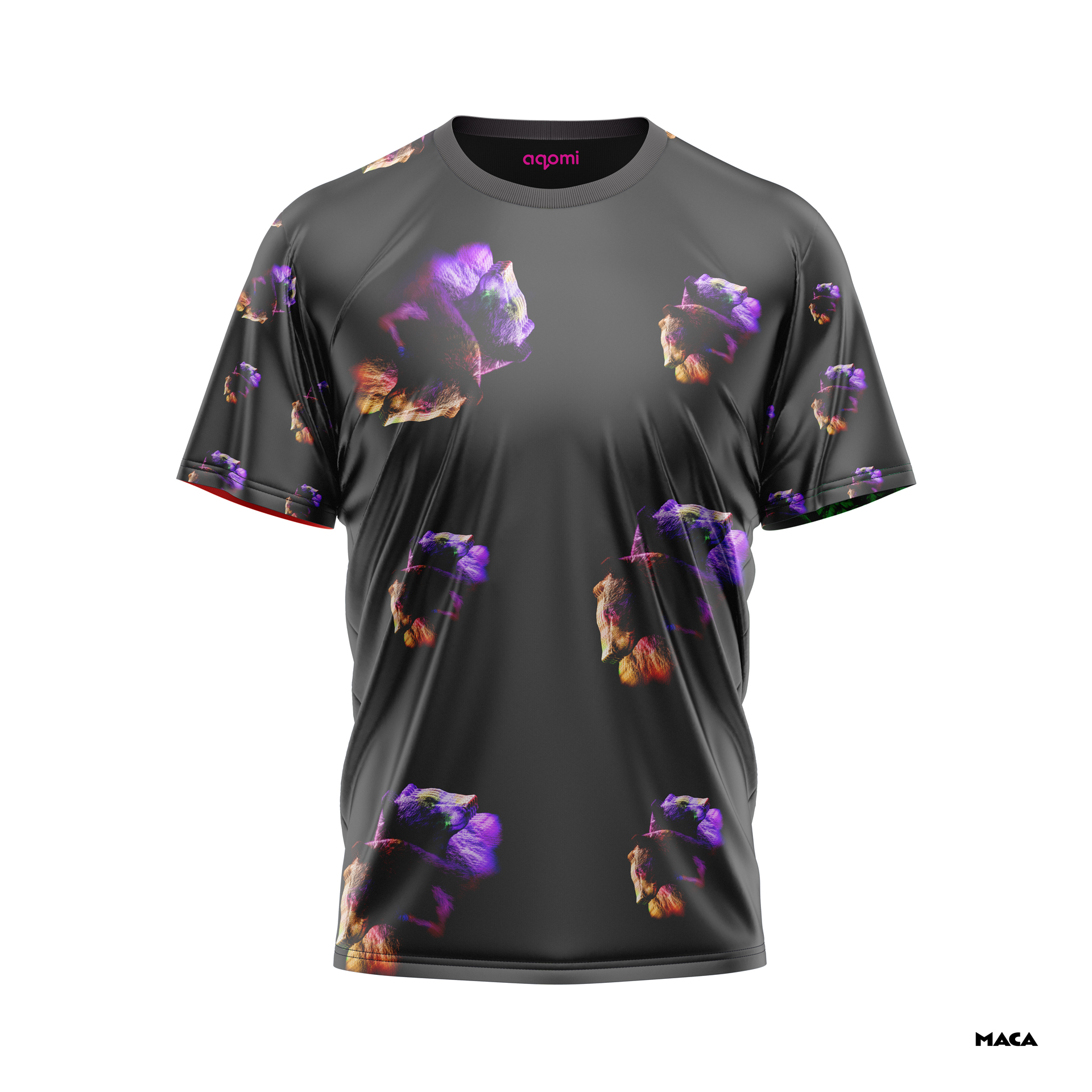 Think about functionality
Think about functionality
When combining patterns and textures into your design, keep practicality in mind. If you are building a room for children or dogs, for example, you may want to choose durable and easy-to-clean materials. Similarly, if you are constructing a location for relaxation or meditation, gentle and tranquil textures that generate a sense of quiet and serenity may be appropriate.
Patterns and textures can help you create a more dynamic, visually fascinating, and practical environment by incorporating them into your design. Patterns and textures can add visual interest, offer a tactile experience, and increase the functionality of your design, whether you mix and match them, layer them for depth and dimension, or utilize them to create focal points. You may efficiently combine patterns and textures into your own design projects by following these tips and tactics, and create environments that are both attractive and functional.
Play around with color
Color, in addition to texture and pattern, can play a vital part in design. Experimenting with color can assist you in creating a colorful, appealing, and visually intriguing setting. Consider utilizing bright colors to give visual appeal to a room, or soft, muted hues to create a peaceful and serene feeling. Color can also be used to create contrast and balance in your design, as well as to highlight specific aspects or focal points.
Think about the overall theme or style
When combining patterns and textures into your design, keep the general theme or style of the room in mind. For example, if you are decorating a place with a bohemian theme, you may want to use bright, vibrant, and eclectic patterns and textures. Similarly, if you are designing a space with a minimalist theme, you may want to use simple and subdued patterns and textures.
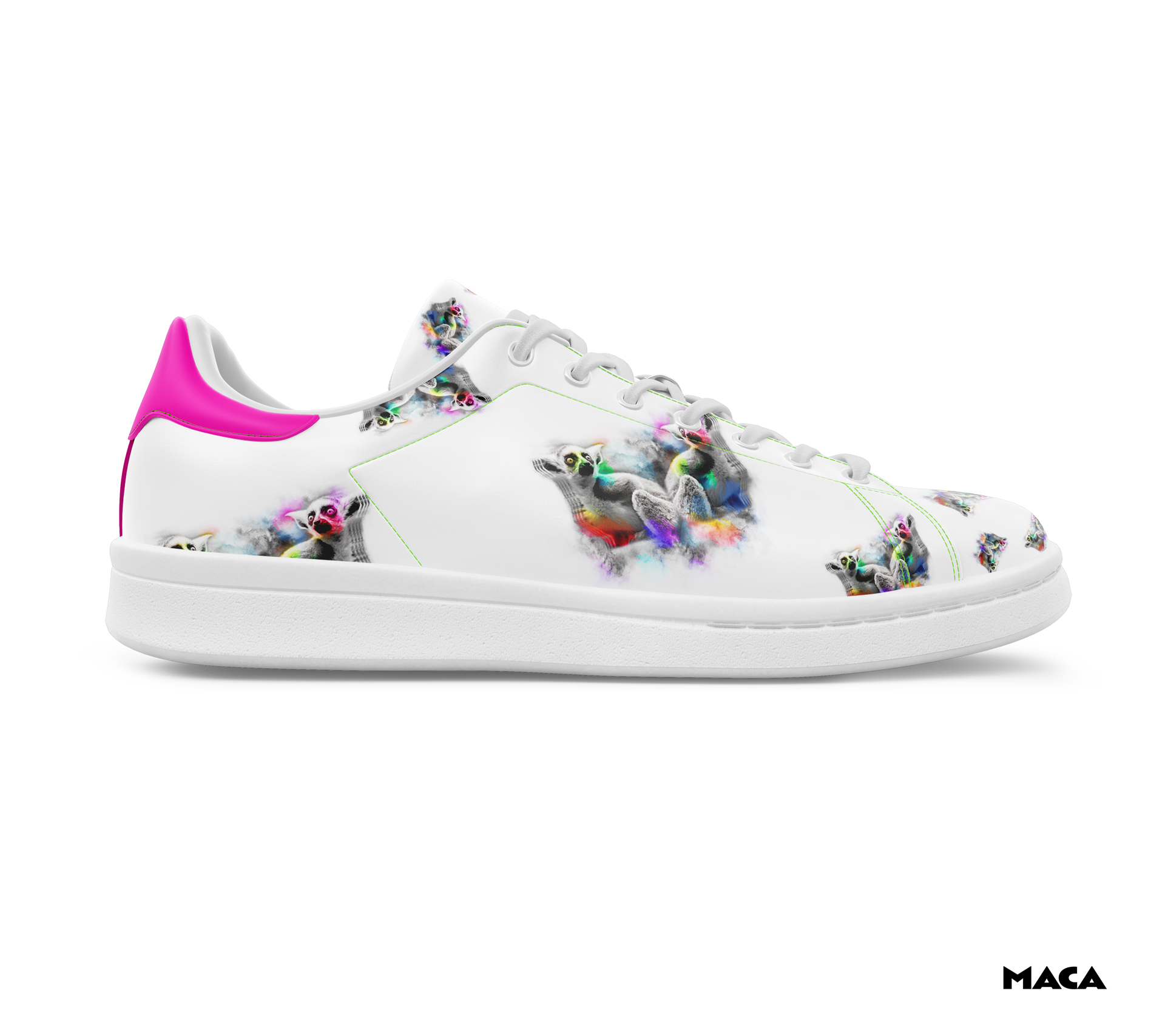 Consider Thinking Outside the Box
Consider Thinking Outside the Box
When combining patterns and textures into your design, don’t be hesitant to think beyond the box. Use unusual materials or textures, such as shiplap or exposed brick, to add visual interest to the room. Similarly, by combining different materials or employing unique printing procedures, you can create personalized patterns or textures.
Patterns and textures may be a strong method to add visual appeal, provide a tactile experience, and improve the utility of a space. You can create rooms that are both beautiful and functional by recognizing the importance of patterns and textures in design and using these tips and methods to incorporate them into your own projects. Experiment, mix and match, and think outside the box, and you’ll be well on your way to producing aesthetically fascinating, appealing, and impactful designs.



